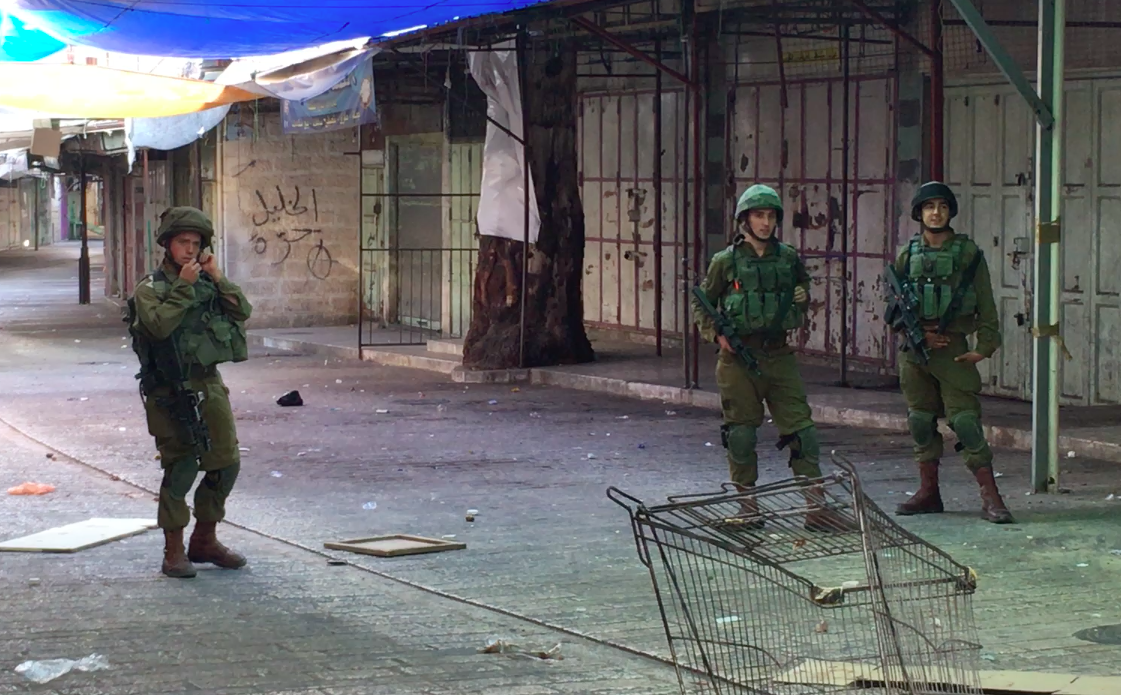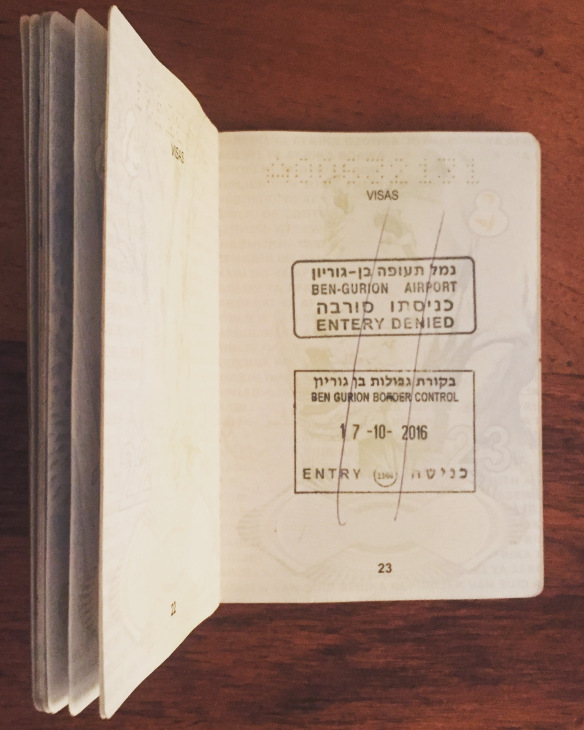Tag: Ethnic Cleansing
-
Occupation through the eyes of a child: the way to school
24th October 2016 | International Solidarity Movement, al-Khalil team | Hebron, occupied Palestine Imagine being an eight-year old boy, walking to school, and as you come close, close to the roadblock you have to pass every day, army jeeps are everywhere, blocking the roadblock and the gate. You have to squeeze past the jeeps on…
-
The Weight of Each Stone
For generations, stones have played a significant role in both Palestinian society and within resistance movements. For this reason, it should be no surprise that the Israeli state has historically targeted the use of stones in a variety of ways, and continues to today. The significance of stones within the Palestinian context is deeply-rooted. For…
-
Deported
24th October 2016 | Sarah Robinson | occupied Palestine On Monday, 17 October 2016, I was deported from Israel. This is my story. I left Johannesburg on Sunday evening, 16 October, and flew to Istanbul, Turkey. The check-in process was smooth and I was asked no security related questions. I had a six-hour stopover in…



